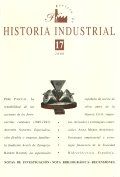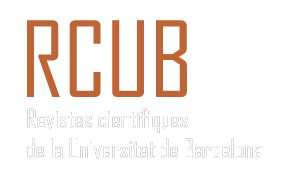Financial and entrepreneurial strategy of the Sociedad Hidroeléctrica Española, 1907-1935
Keywords:
Business strategies, Electric utilities, Financing, SpainAbstract
This article examines the main factors that played a role in the strategy formation of Hidrola. The company adopted an expansive and successful strategy. This allowed the company to became one of the most important companies in Spain during the 20th century.
The company was created as a result of the financial strategy of Hidroeléctrica Ibérica in order to attract capital from areas different from the Basque Country. As a consequence, Hidrola’s Board of Directors comprised very diverse financial and business interests.
This diversity was a key factor in the formation of the company's expansive strategy as a response to the particular market conditions it, faced. The company's interest dominated the particular interests of the groups represented on the board. The oligopolistic structure of the market, with potential competition outbreaks, together with the growing demand and Hidrola's own history, contributed to the company's expansive strategy
Downloads
Downloads
Published
How to Cite
Issue
Section
License
We have been applying a Creative Commons Attribution license (CC-BY) since 2019, before that year we had a partial open access policy, which included open access for the first two months after publication, followed by an embargo policy for non-subscribers, as access to the last 4 published issues was restricted to journal subscribers. In contrast, early-view articles were always open access prior to publication in an assigned volume. Until 2024 the access to the last 4 published numbers was restricted to those who were subscripted to the journal.
The author assigns all rights to the publisher. Creative Commons
The author who publishes in this journal agrees to the following terms:
- The author assigns all intellectual property rights exclusively to the publisher for the entire duration of the applicable intellectual property rights.
- The publisher will distribute the texts under the Creative Commons Attribution License, which allows others to share the work, provided that they acknowledge the authorship, its initial publication in this journal, and the conditions of the license.





